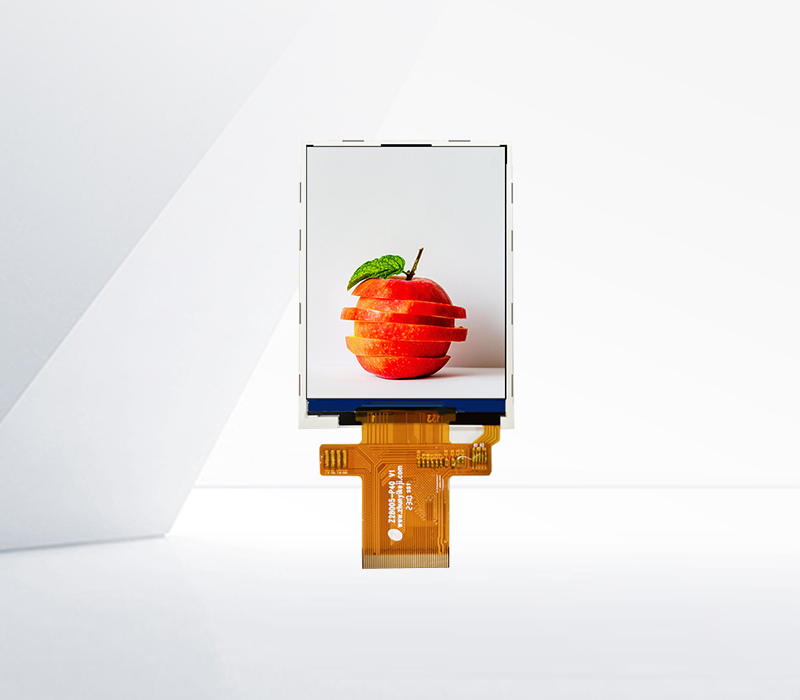




LCD color accuracy refers to a display’s ability to reproduce colors as they were originally intended, matching predefined standards such as sRGB, Adobe RGB, DCI-P3, or Rec. 709. This metric is critical for professionals in fields like graphic design, photo editing, video production, and print media, where precise color representation directly impacts the final output’s quality. For casual users, color accuracy ensures that movies, photos, and games appear vibrant and true to life, enhancing the overall viewing experience.
Color accuracy is measured using several key parameters, including Delta E (ΔE), which quantifies the difference between a displayed color and its reference value. A Delta E value of less than 1 indicates imperceptible differences to the human eye, while values between 1 and 3 are noticeable only to trained professionals. IPS (In-Plane Switching) panels are renowned for superior color accuracy, with Delta E values often below 2, thanks to their wide color gamut coverage and stable color reproduction across viewing angles. TN (Twisted Nematic) panels, while faster in response time, typically have higher Delta E values and narrower gamuts, making them less suitable for color-critical work. VA (Vertical Alignment) panels offer a middle ground, with better color accuracy than TN and deeper blacks than IPS, appealing to both content creators and home theater enthusiasts.
Gamut coverage is another crucial factor. A display’s color gamut represents the range of colors it can reproduce. For example, sRGB, the standard for web content and most consumer media, covers about 35% of the visible color spectrum. Professional displays often support Adobe RGB (covering 50% of the spectrum) or DCI-P3 (used in digital cinema, covering 45%), ensuring that vibrant colors in photos or videos are not clipped or dulled. High Dynamic Range (HDR) displays further enhance color accuracy by expanding the gamut and contrast ratio, reproducing brighter highlights and deeper blacks while maintaining precise color tones.
Calibration plays a vital role in maintaining color accuracy. Factory-calibrated displays are pre-tuned to meet specific standards, but regular recalibration—using tools like colorimeters or spectrophotometers—is necessary to account for panel aging, temperature changes, and component drift. Many professional LCDs include built-in calibration software or hardware, allowing users to adjust gamma, white balance, and color temperature to ensure consistency with industry standards.
In summary, LCD color accuracy is defined by Delta E values, gamut coverage, and calibration capabilities. IPS panels lead in this domain, making them ideal for professionals, while advancements in VA and TN technology have improved color performance for casual users. By prioritizing color accuracy, displays deliver true-to-life visuals, whether for creative work or entertainment.
